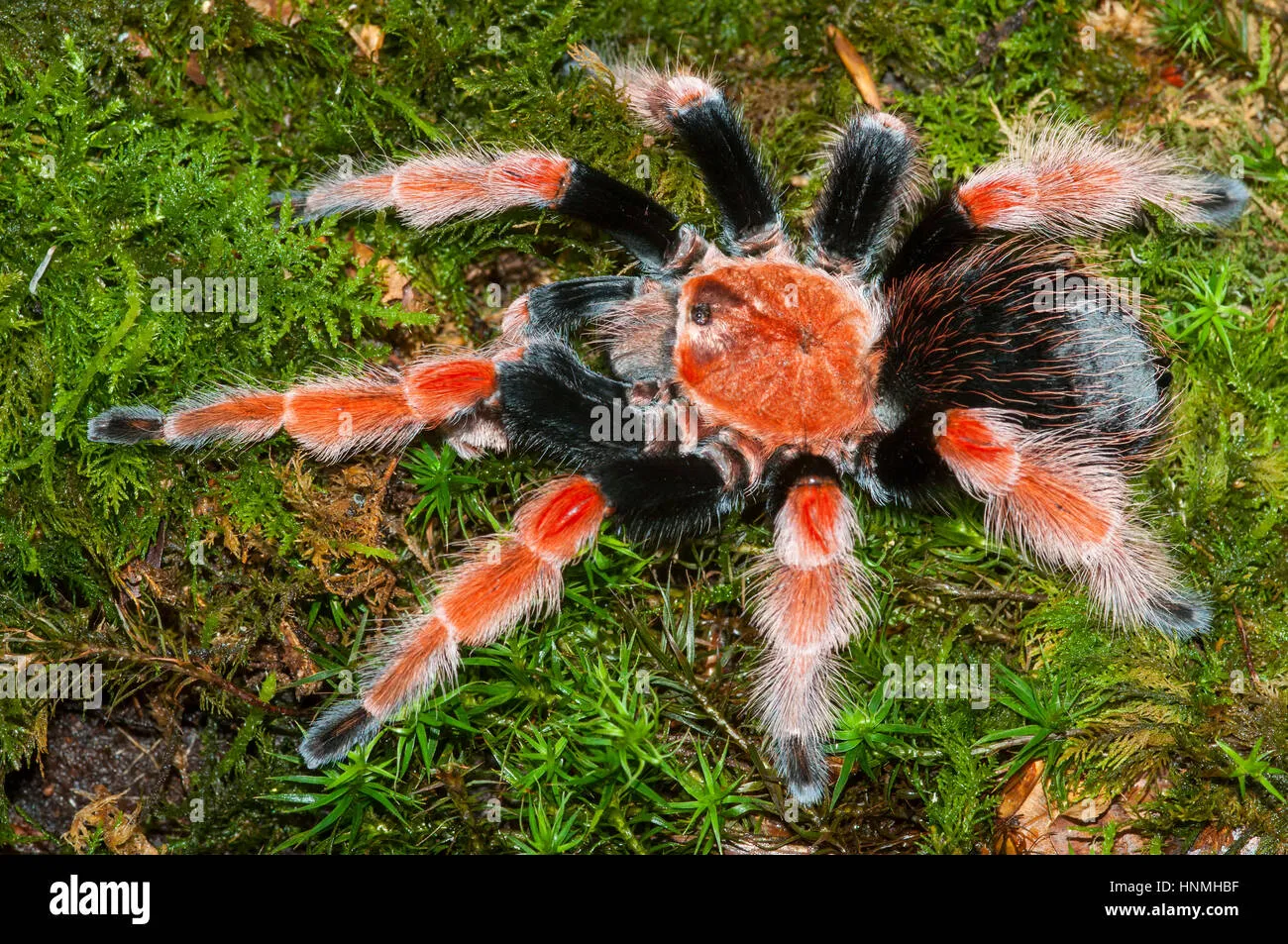Mexican Blonde Tarantula Care Guide
The Mexican Blonde Tarantula (Tliltocatl albopilosus) is a popular pet tarantula, known for its docile nature and relatively easy care requirements. This guide provides five top tips to help you successfully care for your Mexican Blonde Tarantula, ensuring its health and well-being. From setting up the perfect enclosure to understanding proper feeding and handling techniques, this guide will give you everything you need to know to provide a thriving environment for your eight-legged friend. Keeping a tarantula can be a rewarding experience, and with the right information, you can enjoy the fascinating world of these creatures.
Choosing the Right Enclosure
The enclosure is the most crucial aspect of tarantula care. It provides the tarantula’s home and determines its comfort and safety. A well-designed enclosure will facilitate the tarantula’s natural behaviors, such as burrowing and hiding, and make it easier for you to maintain the necessary environmental conditions. An improperly designed or sized enclosure can lead to stress, which can manifest in several ways, including loss of appetite or changes in behavior. Therefore, carefully choosing the enclosure is the first and most important step toward successful tarantula ownership.
Enclosure Size and Dimensions
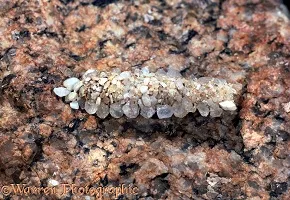
For adult Mexican Blonde Tarantulas, a terrarium that is at least 10 gallons (approximately 20 inches long, 10 inches wide, and 12 inches high) is recommended. While they don’t need a lot of horizontal space, the height is essential because these tarantulas may occasionally climb. The enclosure should be escape-proof, with a secure lid. The dimensions should be based on the tarantula’s size, allowing ample room for movement, burrowing, and hiding. An enclosure that is too large can make it difficult for the tarantula to find food, and one that is too small will cause stress. A good rule of thumb is to provide a space that’s roughly three times the tarantula’s leg span in length and width.
Substrate Selection
The substrate is the bedding material that lines the bottom of the enclosure. The best substrate for Mexican Blonde Tarantulas is a mixture of peat moss, coconut fiber (coir), and a small amount of vermiculite or sphagnum moss. This combination holds moisture well, allowing for the necessary humidity levels. Avoid using materials like sand or gravel, which can be difficult to maintain and may not provide enough humidity. The substrate should be deep enough, at least 4-6 inches, to allow the tarantula to burrow, which is a natural behavior. Regularly spot-clean the substrate to remove any uneaten food or waste. This will ensure a clean and healthy environment for your tarantula.
Temperature and Humidity
Temperature and humidity are critical factors in maintaining a healthy environment for your Mexican Blonde Tarantula. They directly impact the tarantula’s metabolism, feeding habits, and overall well-being. Monitoring and controlling these factors will help prevent dehydration, molting issues, and other health problems. By creating the right microclimate within the enclosure, you can ensure your tarantula thrives.
Optimal Temperature Range
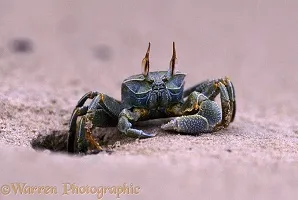
The ideal temperature range for a Mexican Blonde Tarantula is between 75-85°F (24-29°C). A reliable thermometer inside the enclosure is essential for monitoring the temperature. Avoid placing the enclosure in direct sunlight, which can overheat it. You can use a heat mat placed on the side of the enclosure to provide warmth. Do not place the heat mat directly underneath the enclosure, as this can make the substrate too dry and potentially harm the tarantula. Regular monitoring is critical to making sure the temperature remains within the suitable range.
Maintaining Humidity Levels
Mexican Blonde Tarantulas thrive in a moderate humidity environment, typically between 65-75%. Use a hygrometer to measure the humidity levels within the enclosure. To maintain humidity, regularly mist the substrate with dechlorinated water. The frequency of misting will depend on your environment’s conditions, but generally, a light misting every few days is sufficient. Ensure proper ventilation to prevent mold growth. The substrate should be moist but not waterlogged. Good ventilation is essential for preventing the buildup of harmful bacteria and maintaining a healthy living space for your tarantula.
Feeding Your Mexican Blonde Tarantula
Proper feeding is essential for the health and growth of your Mexican Blonde Tarantula. The diet should be appropriate for the tarantula’s size and stage of life. Providing the right food items in the right quantities ensures that your tarantula receives the necessary nutrients for thriving. Monitoring your tarantula’s appetite and adjusting the feeding schedule based on its needs is essential for preventing overfeeding and ensuring a balanced diet.
Appropriate Food Items
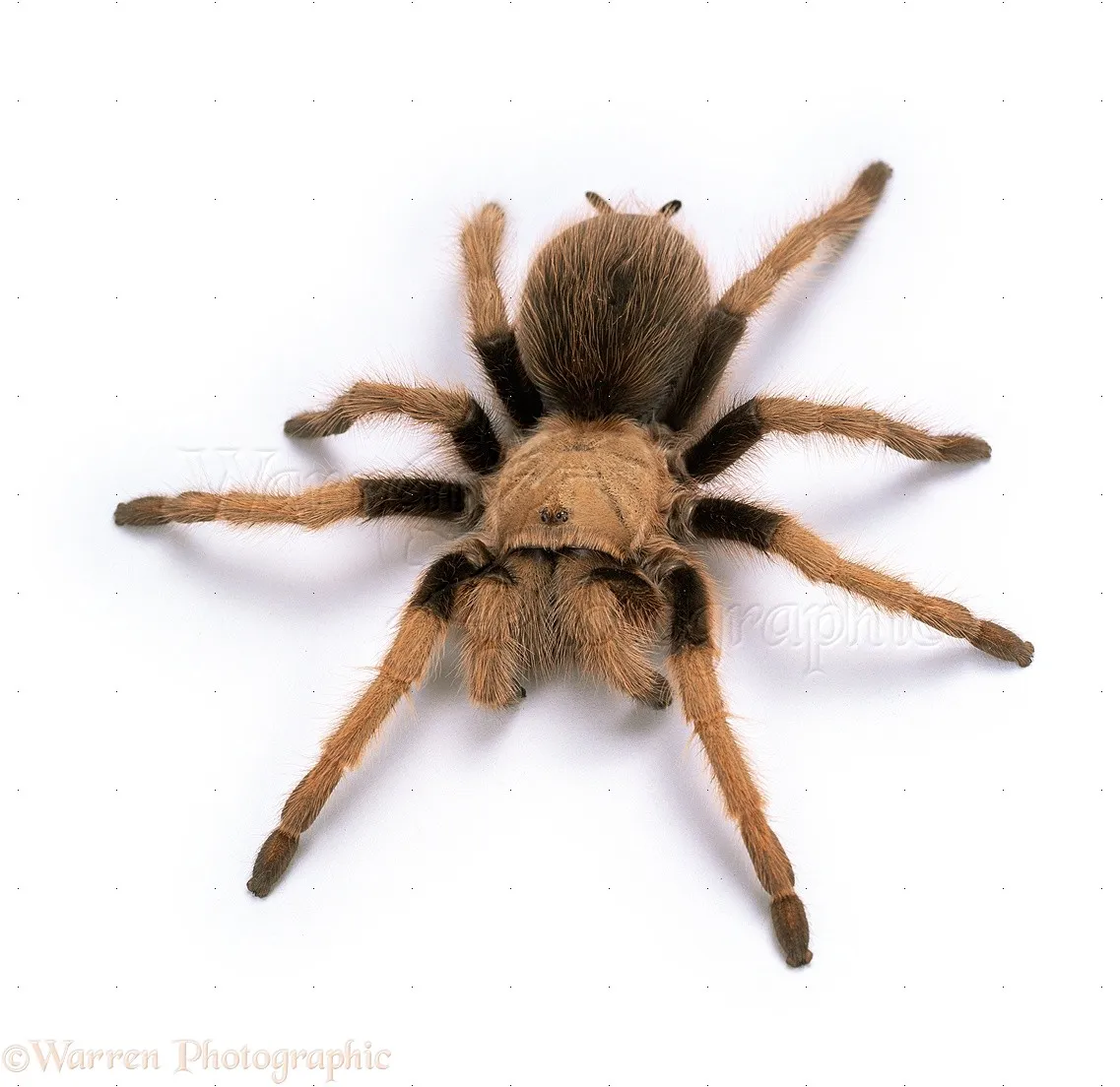
The primary food source for Mexican Blonde Tarantulas is insects. Crickets, mealworms, and roaches are commonly used and readily available. The size of the food item should be appropriate for the tarantula’s size; the insect should be no larger than the tarantula’s body. Always remove any uneaten food items within 24 hours to prevent the growth of mold and bacteria in the enclosure. Provide a varied diet to ensure that the tarantula receives a wide range of nutrients.
Feeding Frequency and Amounts
Juvenile tarantulas should be fed 2-3 times per week, while adults can be fed once every 1-2 weeks. The feeding frequency will vary depending on the tarantula’s age, size, and metabolism. Observe your tarantula’s abdomen; if it is plump, the tarantula is well-fed. If the abdomen appears sunken or thin, increase the feeding frequency. Overfeeding can lead to health problems, so it’s essential to strike a balance. Avoid feeding your tarantula if it is in premolt (about to shed its exoskeleton), as it may refuse food during this time.
Watering Your Tarantula
Providing fresh water is crucial for the health of your Mexican Blonde Tarantula. Water is essential for hydration, helping them molt, and supporting vital functions. Access to clean water at all times is a must for any tarantula owner. The water source should be easily accessible and appropriately sized for your pet. Regular monitoring and water changes are necessary to maintain a healthy environment and prevent the spread of diseases.
Providing a Water Source
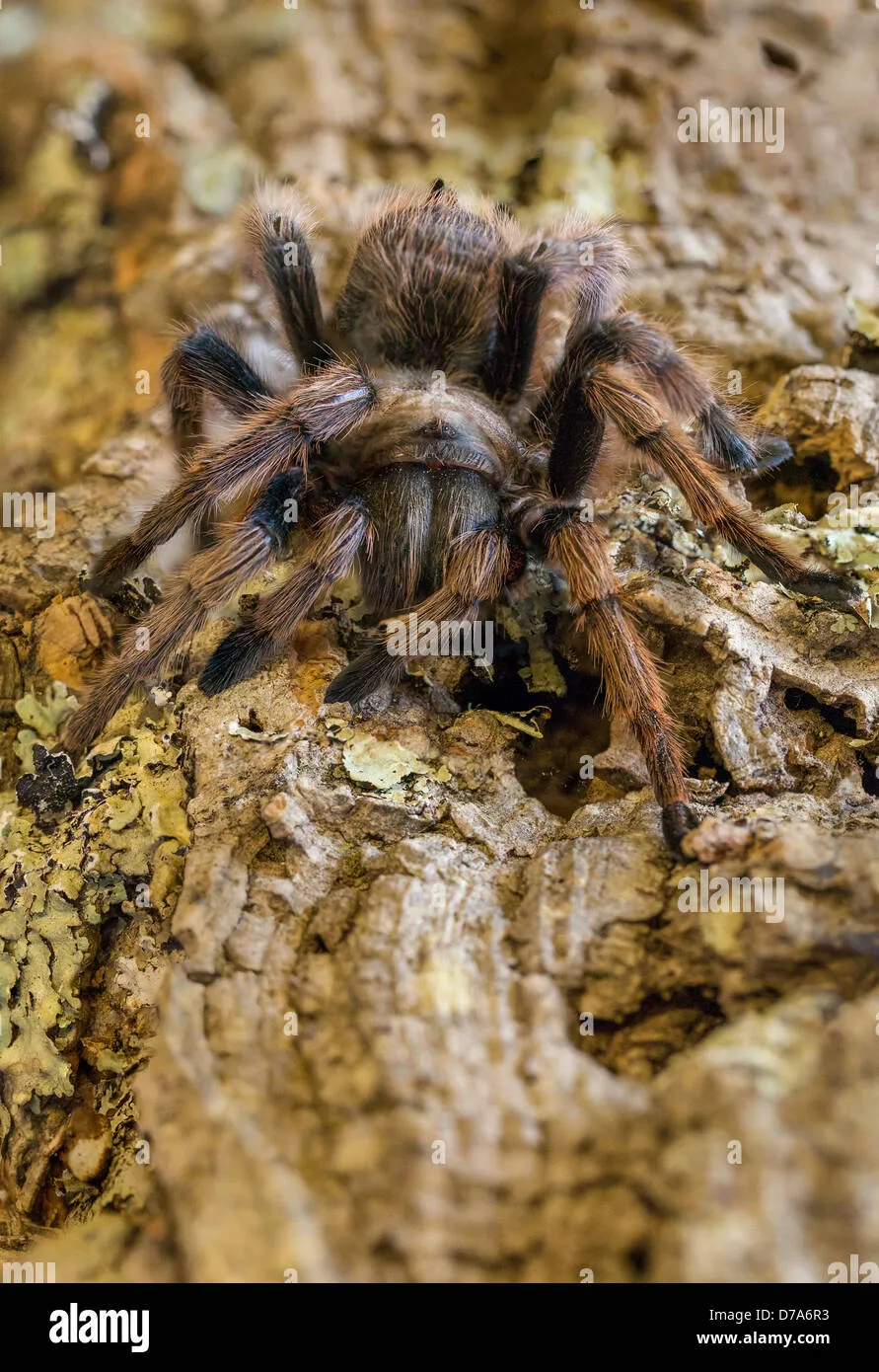
A shallow water dish is a simple and effective way to provide your tarantula with water. The dish should be stable and shallow enough to prevent the tarantula from drowning. Use a small, non-toxic dish, such as a bottle cap or a commercially available water dish designed for reptiles and arachnids. Place the dish in a safe location within the enclosure, away from the heat source. Regularly check the water dish and refill it as needed to ensure there’s a constant supply of fresh water. You can also provide water by misting the enclosure walls.
Watering Frequency
Change the water in the dish every 1-2 days to prevent the growth of bacteria and mold. Always use dechlorinated water to avoid harming your tarantula. You can also provide water by misting the enclosure, particularly when your tarantula is in premolt. Monitoring the substrate moisture and humidity levels will help you determine the appropriate watering schedule. If the substrate is too dry, increase the frequency of misting. Providing fresh, clean water is vital for keeping your tarantula healthy and hydrated.
Handling and Safety
While Mexican Blonde Tarantulas are generally docile, it’s important to handle them with care and caution. Tarantulas have fragile exoskeletons and can be injured easily. Understanding safe handling practices will help you avoid harm to both you and your tarantula. Being aware of the signs of stress and knowing when to leave your tarantula undisturbed is also very important. Always approach handling with respect and patience.
Safe Handling Practices
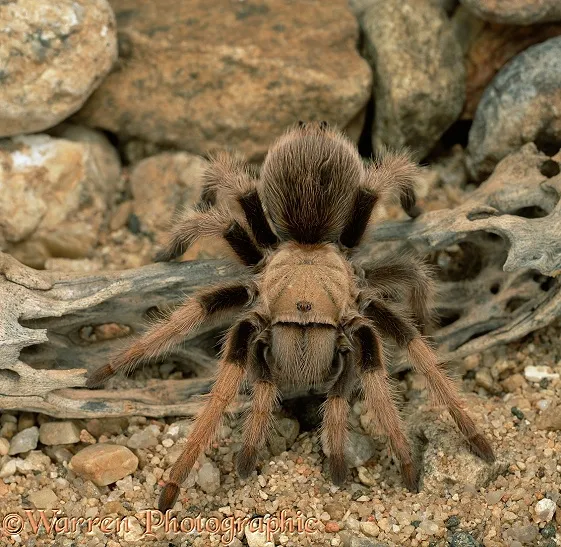
If you choose to handle your tarantula, do so only when necessary, and always be gentle. Wash your hands before and after handling to remove any potentially harmful substances. Handle your tarantula over a soft surface, such as a bed or carpet, to prevent injury if it falls. Avoid sudden movements and loud noises, as these can startle the tarantula. Never grab the tarantula; instead, gently encourage it to walk onto your hand. Be patient and allow the tarantula to move at its own pace. If the tarantula becomes stressed, gently place it back in its enclosure.
Recognizing Signs of Stress
Recognizing signs of stress is vital to ensure your tarantula’s well-being. A stressed tarantula may exhibit defensive behaviors, such as raising its front legs, flicking hairs (urticating hairs), or attempting to escape. If your tarantula displays these behaviors, it’s best to leave it alone and avoid handling. Other signs of stress include loss of appetite, hiding for extended periods, or a change in posture. If you notice these signs, review the enclosure setup and environmental conditions to identify and correct any potential issues, and consult with a veterinarian if concerns persist. Keeping a close eye on your tarantula is essential to provide a happy and healthy home.
Caring for a Mexican Blonde Tarantula can be a rewarding experience. Following these five top tips—choosing the right enclosure, maintaining appropriate temperature and humidity, providing proper feeding and watering, and practicing safe handling—will ensure your tarantula thrives. Remember to observe your tarantula’s behavior and adjust your care practices as needed. With the right care and attention, your Mexican Blonde Tarantula can be a fascinating and long-lived companion. Enjoy the journey of tarantula ownership and the unique perspective it brings to the world of pets.
